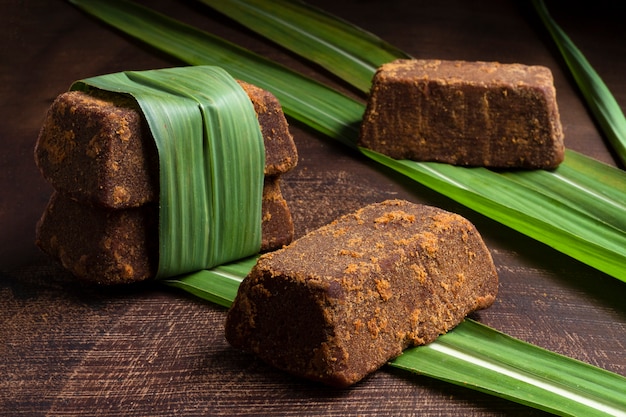Jaggery production methods and varieties differ by region, shaped by local customs and the resources at hand.
Jaggery, an unrefined sugar popular in India, is primarily derived from sugarcane juice or date palm sap. Due to its health benefits, it’s often favored over regular sugar, especially by health-conscious individuals. However, there are various types of jaggery available, influenced by regional traditions and resources.
According to Payal Sharma, senior dietician at Dharamshila Narayana Superspeciality Hospital in Delhi, “India boasts a variety of jaggery types found in local markets. Preferences and availability can influence culinary choices and dietary habits.”
Let’s explore these different types of jaggery:
- Sugarcane Jaggery: This is the most common type, made by boiling sugarcane juice until it solidifies. Sharma notes, “It comes in forms like solid blocks, powder, and granules, with colors ranging from golden brown to dark brown depending on sugarcane quality and processing.”
Rashi Chahal, nutritionist at La Femme, adds that sugarcane jaggery is rich in iron, potassium, and calcium, supporting bone health, blood circulation, and electrolyte balance.
- Date Palm Jaggery (Nolen Gur): Predominantly from West Bengal and parts of Bangladesh, this jaggery is made from date palm tree sap. Sharma mentions, “It’s harvested in winter and prized for its rich flavor used in sweets like sandesh and rasgulla.”
Chahal highlights its benefits for bone health and preventing iron deficiency, with natural sugars, potassium, and magnesium supporting overall health.
- Coconut Palm Jaggery: Derived from coconut palm tree sap, this jaggery is common in coastal regions like Kerala and Tamil Nadu. Sharma describes it as having a unique taste used in regional sweets and dishes.
Rich in vitamins (especially B vitamins) and minerals like potassium, magnesium, and zinc, coconut jaggery is valued for energy and electrolyte replenishment in tropical regions.
- Palmyra Jaggery: Extracted from palmyra palm sap, this jaggery is popular in Tamil Nadu and Andhra Pradesh for its health benefits and distinct taste, according to Sharma.
Known for its vitamin B complex, magnesium, and iron content, palmyra jaggery has a lower glycemic index compared to sugarcane jaggery, making it suitable for managing blood sugar levels, notes Chahal.
Each type of jaggery offers unique flavors and textures, reflecting India’s diverse culinary traditions. “From sweetening beverages and desserts to enriching savoury dishes, jaggery showcases its versatility in Indian cuisine,” Sharma emphasizes.


